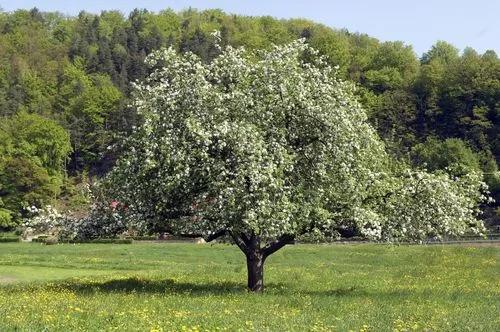If you’re on the lookout for Peruvian Pepper, keep your eyes peeled for a tree or shrub flaunting compound gray-green leaves and small pink or red berries. These trees can shoot up to an impressive height of 30 feet (10 meters). While its fruit can add a zesty kick to your meals or brew a flavorful tea, it’s not your everyday culinary ingredient.
Peruvian Pepper Care
Schinus molle



Part of the Anacardiaceae family, which also includes the likes of Cashews and Poison Ivy, the Peruvian Pepper, or Schinus molle, is an evergreen, speedy-growing tree hailing from South America, particularly the Andean regions of Peru, Chile, and Argentina. Its reach has extended to other corners of the globe, including North America, Europe, and Australia, where it often serves as an ornamental addition. You can spot this tree by its feathery, oval-shaped compound leaves that sport up to 19 leaflets. The bark, ranging from light gray to brown, might be either sleek or slightly scaly, while its bright red and abundant berries are hard to miss.
How to Care for the Plant

Container

Get your hands on an incredibly large and robust container, as these plants are known to soar to towering heights of 30 feet (10 meters). Ensure the container has excellent drainage to prevent water from pooling and suffocating the roots.

Fun fact

Down in South America, the fruit of this tree enjoys a rich history in traditional medicine and is known to be a remedy for a variety of ailments, such as stomach issues and respiratory troubles.

Popularity

924 people already have this plant 203 people have added this plant to their wishlists
Discover more plants with the list below
Popular articles






